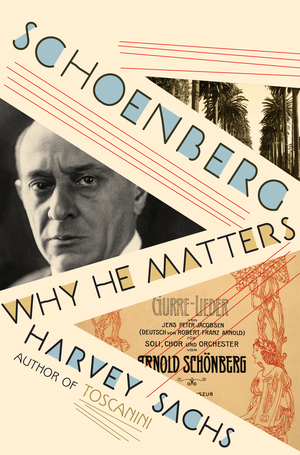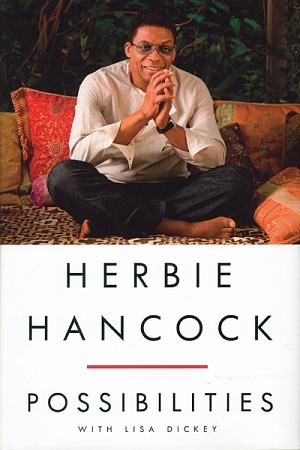Schoenberg: Why he matters
Liveright, US$29.95 hb, 268 pp
Music’s solar plexus
Arnold Schoenberg rarely missed a punch. Whether in music theory, composition, or the fraught polemics of his age, he communicated with a clarity of purpose verging on the tyrannical. Visiting Schoenberg in California during his last years, the conductor Robert Craft commented on ‘the danger of crossing the circle of his pride, for though his humility is fathomless it is also plated all the way down with a hubris of stainless steel’. Harvey Sachs is worried that music lovers of the twenty-first century are failing to appreciate the continuing significance of the composer despite, or perhaps because of, this armour-plating. Addressed to the musical ‘layman’, Sachs’s ‘interpretive study’ is a passionate, occasionally self-doubting essay intended to demonstrate why Schoenberg still matters. Schoenberg’s five chapters follow a chronological track, attempting to account for most of the fifty-odd opuses of Schoenberg’s oeuvre, within a rich context of his life’s turbulent course. His chapter titles dramatically reflect the struggle – battle lines, war, breakthrough, and breakaway – of both his life and his works. Sachs popularises, refreshes, and sometimes refutes the stainless-steel images passed down in the sanctioned texts of musicology, many written by Schoenberg’s acolytes.
His account of the music naturally pays particular attention to two stylistic turns for which Schoenberg is renowned: his move around 1907–8 from the ultra-chromatic tonality of late Romanticism to ‘beyond tonality’, where, as the composer stated, ‘the overwhelming multitude of dissonances cannot be counterbalanced any longer by occasional returns to such tonal triads as represent a key’; and in the early 1920s when he moved to regulate this new atonality through orderly ‘composing with twelve tones’, often known as serialism. These are difficult concepts for Sachs’s layman to understand, let alone musically to enjoy, and Sachs tries to find the simplest possible explanations. His commentaries on the First Chamber Symphony (Op. 9, 1906) and Pierrot Lunaire (Op. 21, 1912), for instance, portray innovative compositional techniques as well as their aural and social reception. This helps the reader to understand why Igor Stravinsky, then companionable enough to Schoenberg, heralded Pierrot as ‘the solar plexus as well as the mind of early twentieth-century music’.
Continue reading for only $10 per month. Subscribe and gain full access to Australian Book Review. Already a subscriber? Sign in. If you need assistance, feel free to contact us.



.jpg)







Leave a comment
If you are an ABR subscriber, you will need to sign in to post a comment.
If you have forgotten your sign in details, or if you receive an error message when trying to submit your comment, please email your comment (and the name of the article to which it relates) to ABR Comments. We will review your comment and, subject to approval, we will post it under your name.
Please note that all comments must be approved by ABR and comply with our Terms & Conditions.